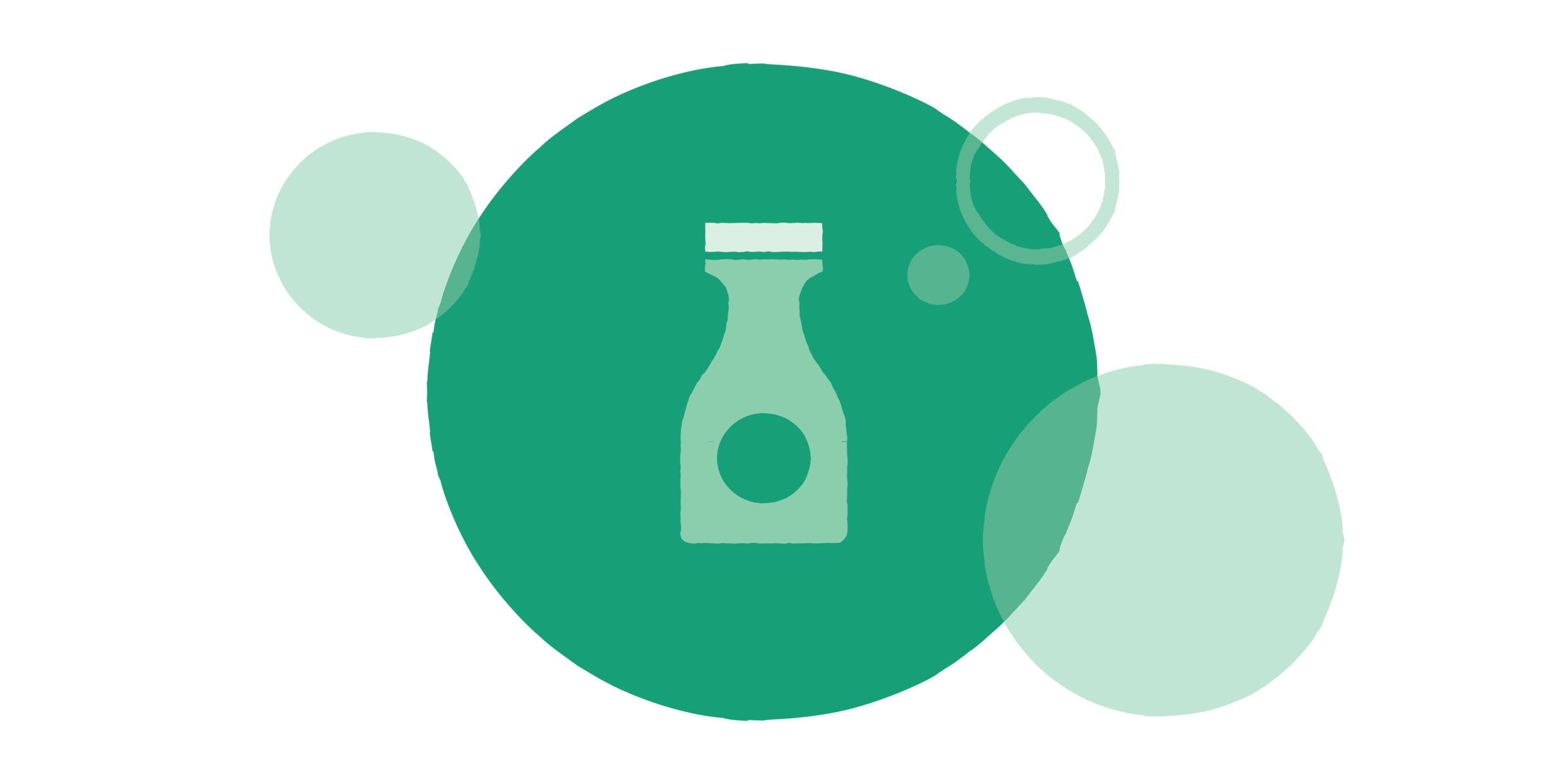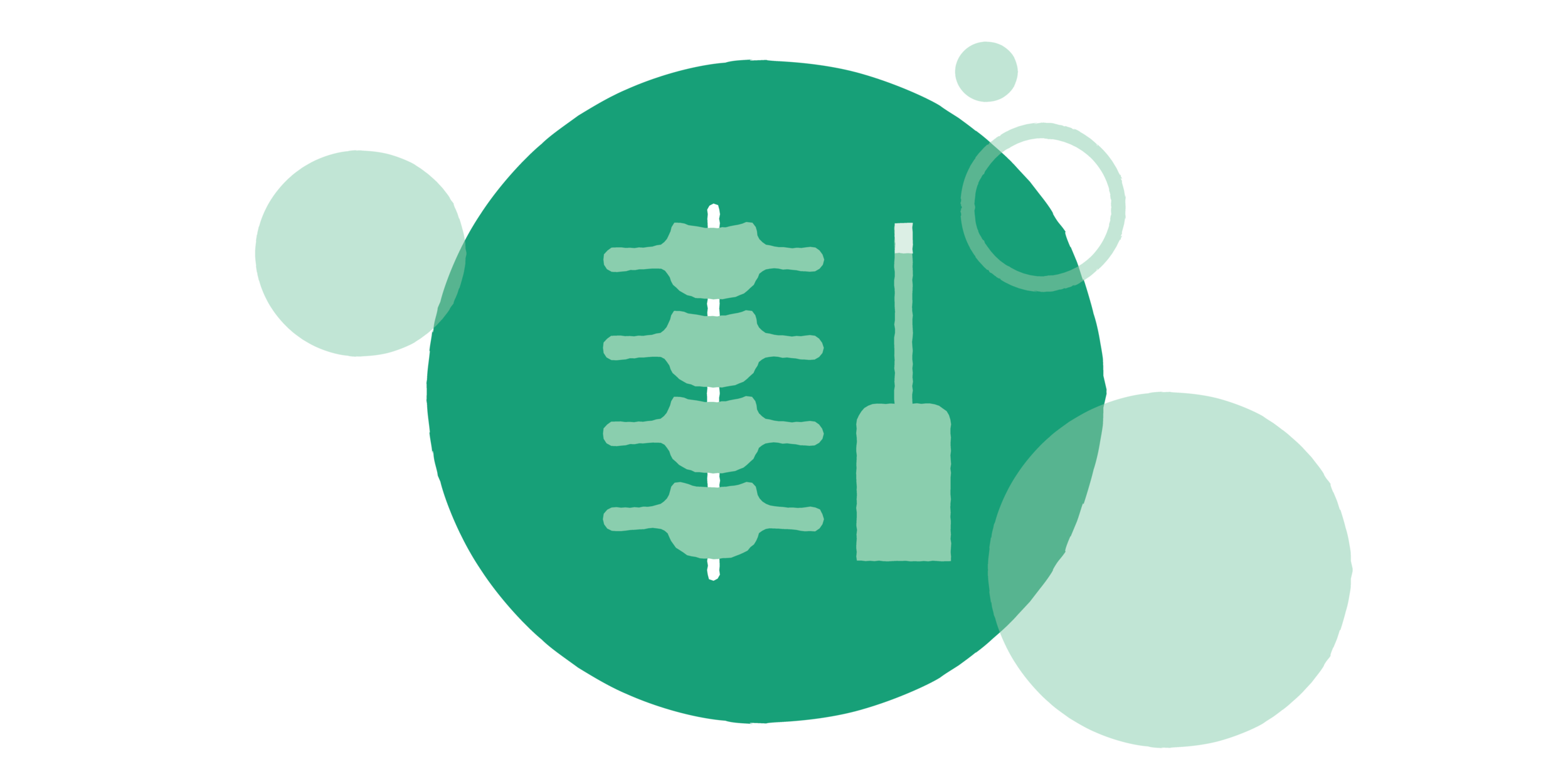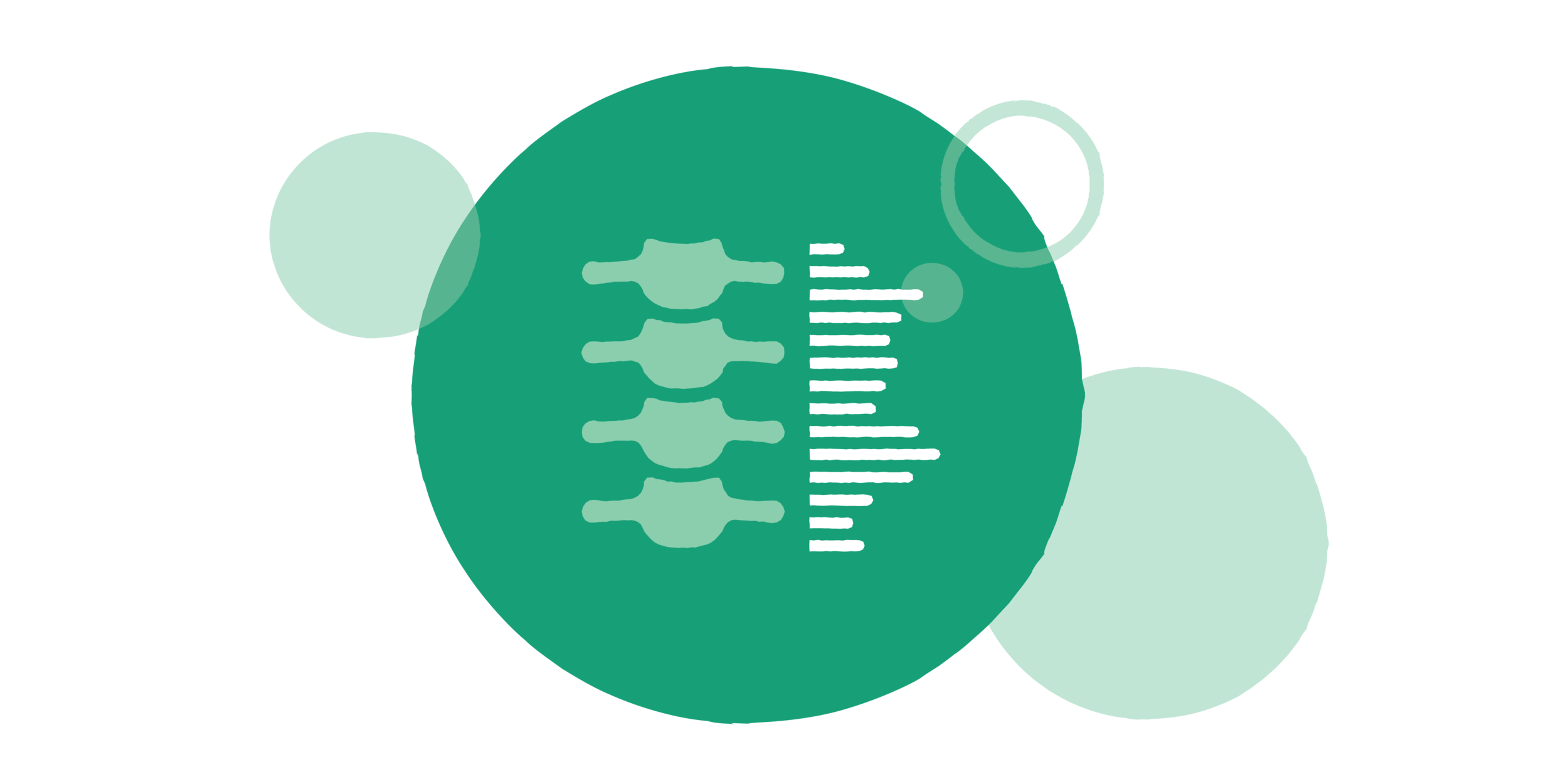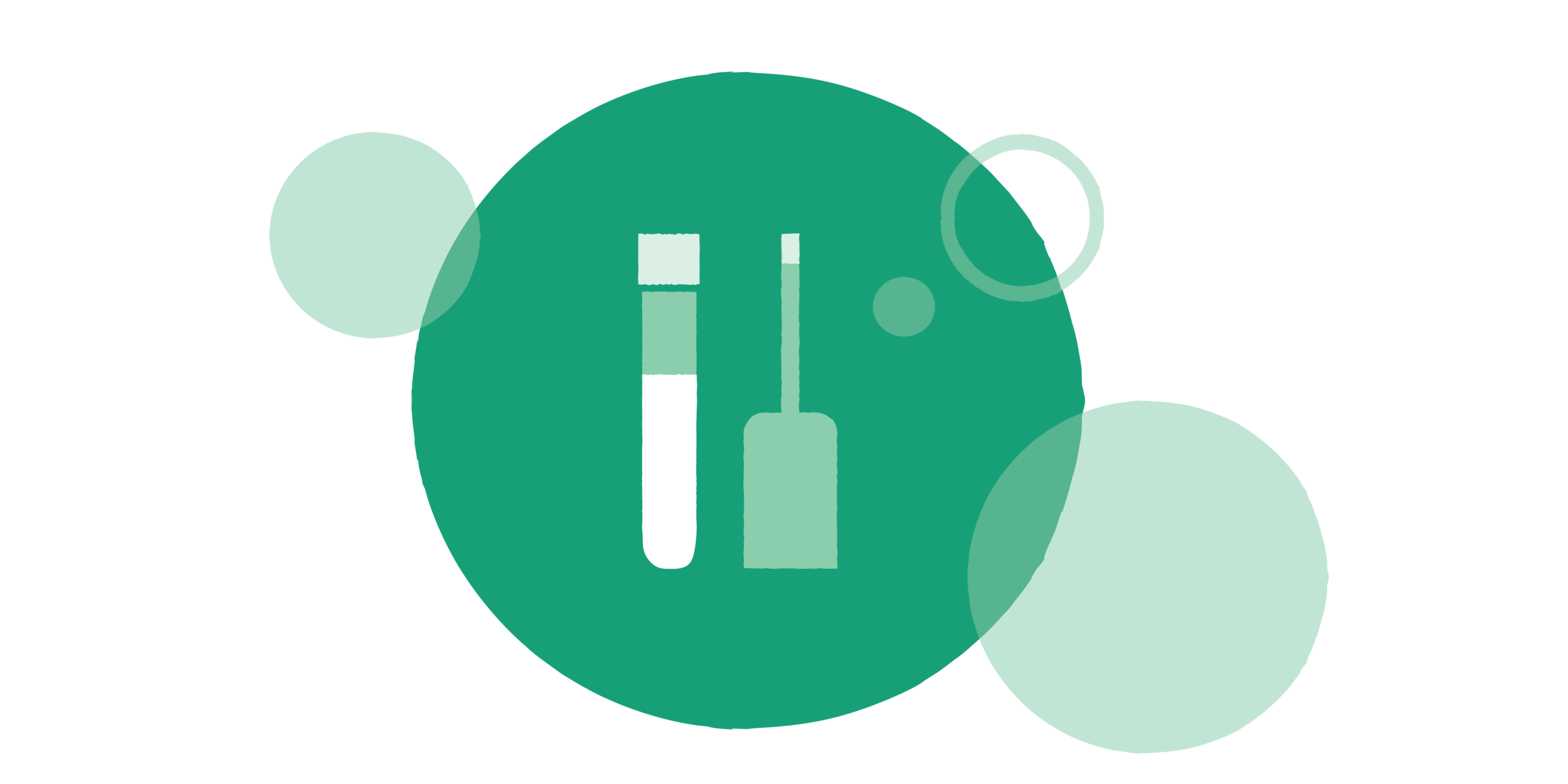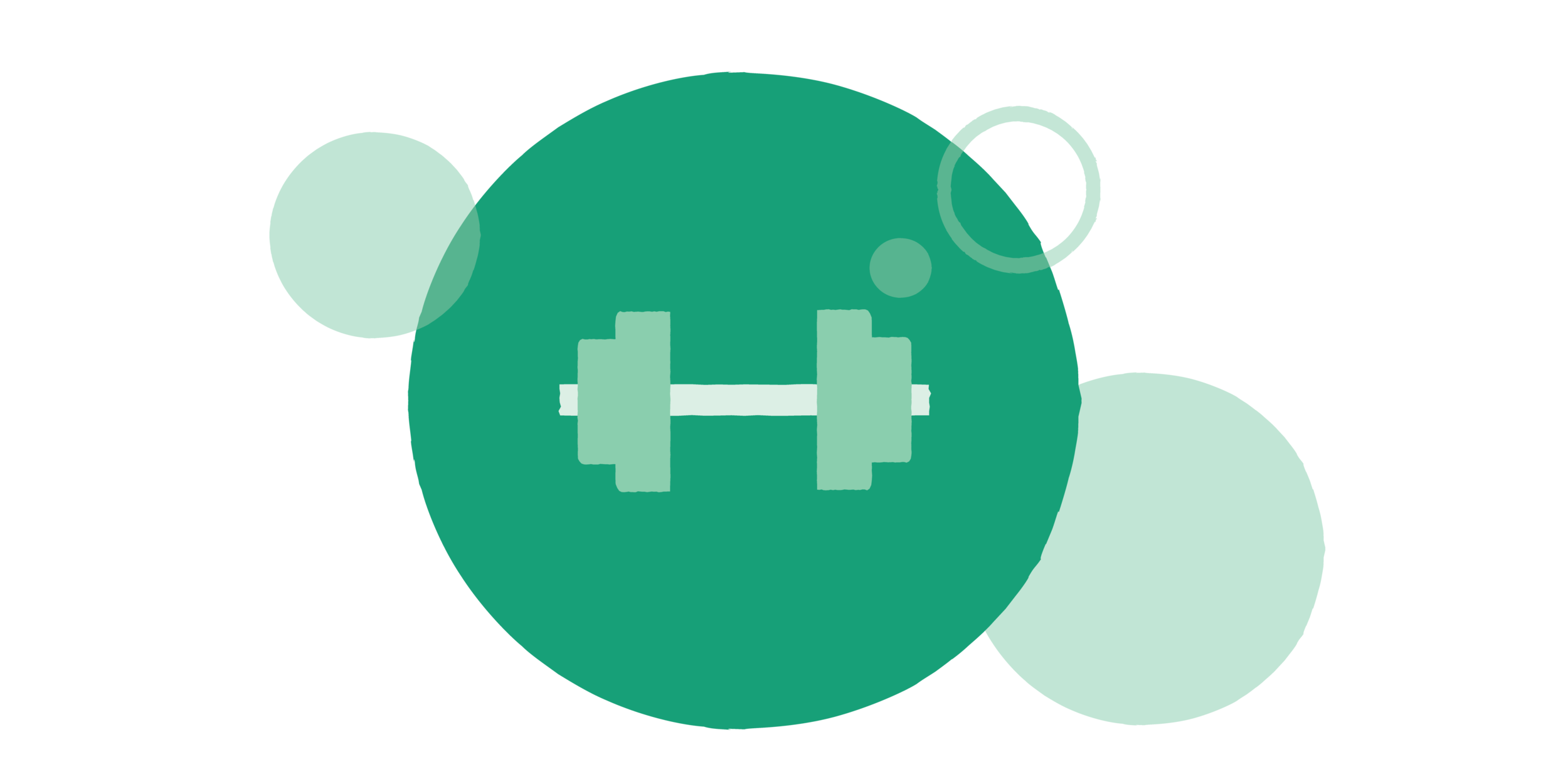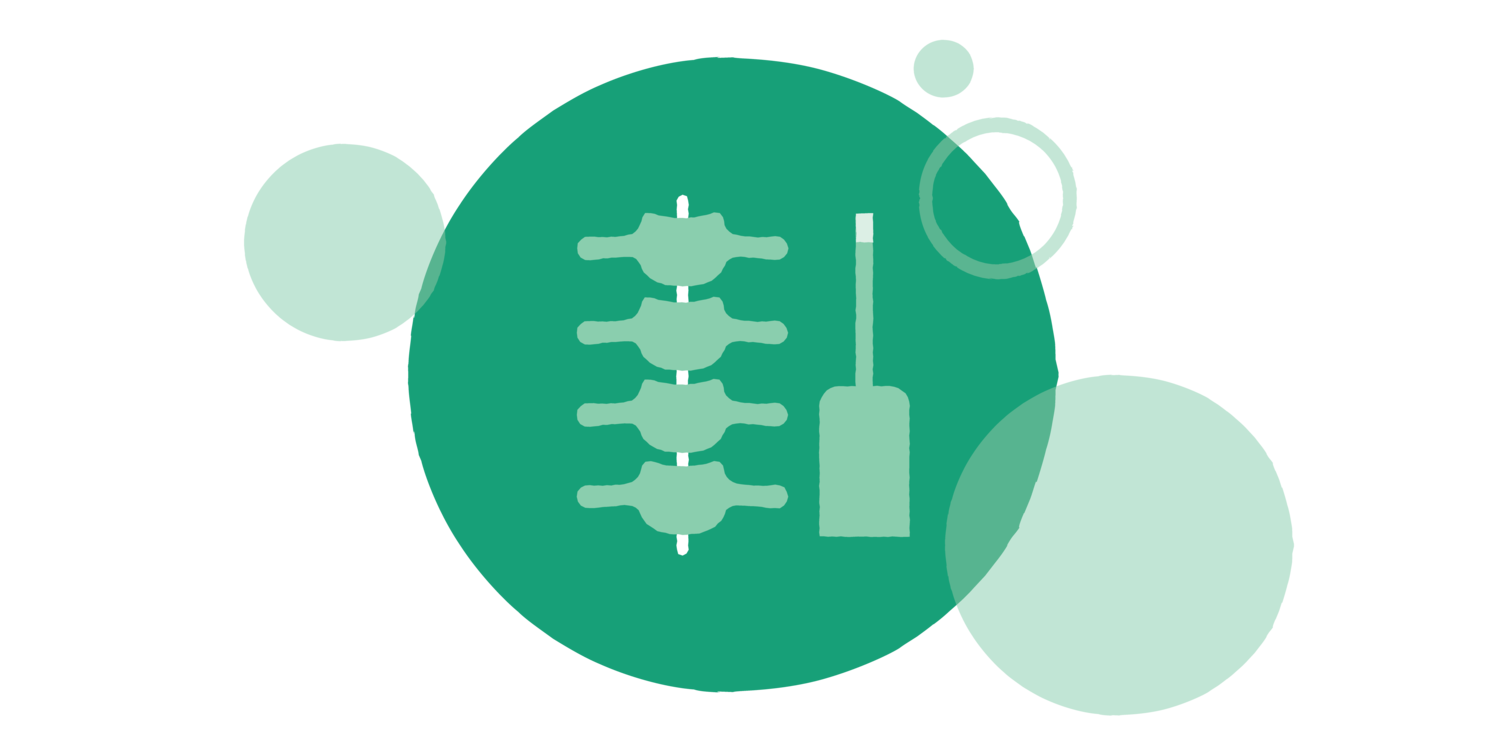At Pain Specialists Australia, a highly sort after pain clinic, in Melbourne, often considered one of the best pain clinics in Victoria and Australia-wide, FFPMANZCA pain specialists combine medication optimisation, physiotherapy, psychology and lifestyle strategies with image-guided interventional care to deliver personally tailored chronic pain treatment pathways.
When indicated, we offer radiofrequency ablation, targeted nerve blocks, facet and sacroiliac joint procedures, and neuromodulation (like intrathecal drug delivery and spinal cord stimulation) in accredited hospitals.
Your treatment plan is matched to the diagnosis and the focus is on long-term recovery.
PAIN MEDICATION
Medications can often help reduce chronic pain. Management of pain medications and ongoing optimisation is important to maximise pain relief and minimise side effects.
We help manage your pain-relief (analgesic) medications which include anti-neuropathic agents, opioids and opioid risk management, antidepressants, muscle relaxants and other relevant pain medication.
JOINT BLOCKS
Joint blocks can help treat joint pain.
If one or more joints is causing you pain, then it may be possible to focus treatment on them. Joints are either small joints like the facet joints that run up and down the spine or big joints like the hip and shoulder joints.
A joint block is an injection of anaesthetic (numbing medicine) and steroid (cortisone) that is used to help diagnose and treat pain. If the pain goes away, then it means that that joint is the most likely source of the pain.
NERVE BLOCKS
Nerve blocks can help treat nerve pain.
A nerve block is a specialised injection that targets a certain nerve or group of nerves to help diagnose and treat pain. The purpose of the injection is to turn off the pain signals coming from a specific location in the body or to reduce inflammation in that area or around a nerve.
We treat nerve pain caused by nerves like the sciatic nerve (for back and leg pain), suprascapular nerve (for shoulder pain), occipital nerves (for headaches) and many more nerves.
RADIOFREQUENCY ABLATION
Radiofrequency ablation (or RFA) treatment targets joint pain and nerve pain with the use of specialised equipment. Radiofrequency treatment involves carefully placing needles directly to nerves that are causing you pain (transmitting pain signals). Heat is produced at the tip of the needle and this heat is directed onto the nerves. This interrupts the nerves sending signals to the brain. Radiofrequency ablation can provide long-lasting pain relief (six months to a few years).
SPINAL CORD STIMULATION
Some consider spinal cord stimulation to be the 'game changer' in the pain management of some pain conditions.
Spinal cord stimulation (also called neuromodulation, neurostimulation or nerve stimulation) is an advanced pain treatment that sends an electrical impulse to the spinal cord to block pain signals from traveling up to the brain.
We use this treatment for people that have persistent nerve pain.
It can restore nervous system function and provides 70% chance of having greater than 50% reduction in pain.
IV INFUSIONS
IV infusion of pain relief medications can be used to manage certain chronic pain conditions.
Treatments can be used in carefully selected individuals to support pain management. Pain medications can be delivered using different methods of administration.
They provide pain relief as well as allow opioid medication reduction.
PRP INJECTIONS
Platelet rich plasma injection (more commonly known as PRP injection or PRP therapy) is a treatment that involves injecting a small amount of one’s own blood into slowly healing soft tissue injuries in order to speed up the body’s own healing process.
Platelets are a part of our blood which aid in clotting and tissue healing. They contain and can release a number of growth factors, special biologically active proteins that play an important role in tissue healing and regeneration.
PRP is designed to accelerate your body’s healing of musculoskeletal injuries naturally, without subjecting you to significant risk or adverse effects.
SELF MANAGEMENT
We aim to educate you and help you to get back in control again.
Self-management refers to a person’s ability to manage their pain symptoms and treatment as well as the physical, emotional and social consequences and lifestyle changes caused by chronic pain.
It means coping with the day-to-day tasks needed to get you back to life. We use various methods including education on acute pain versus chronic pain, stress pain and appropriate use of medications.
Our aim is to reduce stress, improve your sleep, self-confidence and ability to deal with pain flare-ups.
EXERCISE AND FUNCTION
Ultimately, we need to help you get physically fitter and stronger.
In a wellness model of care we place emphasis on early restoration of function and the patient playing an active role in their recovery.
Methods we use include muscle reactivation (strength, core stability, flexibility, endurance), reducing deconditioning, activity pacing, activity management, fear avoidance and re-engagement into home based, social and work activities.
We aim to achieve your desired wellness goals with physiotherapy (physical activity) and occupational therapy (functional goals).
INTRATHECAL DRUG DELIVERY
Intrathecal drug delivery systems are an advanced form of targeted pain management.
By using a small, automated pump implanted beneath the skin, these systems administer medication directly to the spinal cord, bypassing the digestive system and delivering pain medications precisely targeted where they are needed most, around the spinal cord.
By delivering pain medication directly to the spinal cord, intrathecal drug delivery systems interrupt pain signals in the spine, which allows effective management of some severe chronic pain disorders.
PAIN SPECIALIST MEETINGS
Our pain specialists meet regularly which allows them to embrace the synergy of collaborative expertise to transform the landscape of pain treatment and empower patients on their journey to lasting relief.
Unlock the potential for unparalleled chronic pain management with our pain specialist expertise meetings.
These regular gatherings bring together our seasoned pain specialists, where ideas and individual expertise are discussed and shared. This fosters collaborative discussions that lead to refined and personalised treatment approaches for difficult to treat pain conditions.
MULTIFIDUS MUSCLE STIMULATION
This advanced pain management treatment involves placing small electrodes into the muscles of the lower back, the multifidus muscle, which supports the spine.
The electrodes deliver electrical impulses directly to the nerves of these muscles, which, help to muscle restore strength and function, thereby alleviating chronic refractory mechanical low back pain.
Restorative multifidus muscle stimulation using the ReActiv8 neurostimulator represents a ground-breaking avenue in pain management which aims to treat a condition called multifidus dysfunction.
NEUROLYTIC BLOCKS
Neurolytic blocks are an innovative intervention in pain management, involving the accurate administration of neurolytic medications, specifically target nerves that transmit pain signals which, when blocked by neurolytic agents, can result in longer lasting nerve blockade and hence longer lasting pain control.
This minimally invasive procedure disrupts nerve function, offering substantial and continuing relief for conditions like cancer-related pain or severe persistent pain syndromes like some forms of inoperable osteoarthritis.
By selectively blocking pain signals, neurolytic blocks provide targeted relief, significantly reducing discomfort.
These specialised procedures can offer lasting relief from chronic pain, unlocking the potential for improved comfort and quality of life
PERIPHERAL NERVE STIMULATION
Peripheral nerve stimulation involves the use of a small, sophisticated device that delivers targeted electrical impulses to peripheral nerves to alleviate chronic pain. This state-of-the-art technology precisely targets nerves responsible for transmitting pain signals, offering patients a non-pharmacological solution for managing persistent discomfort.
This therapy involves the precise positioning of small devices that emit controlled gentle electrical impulses directly to peripheral nerves, effectively disrupting pain signals without the need for strong pain medications.
DIETETICS
At Pain Specialists Australia, we recognise the crucial role of dietetics in the holistic management of chronic pain, understanding the intricate interplay between nutrition and pain perception.
Our tailored approach involves crafting individualised diets that consider specific circumstances and needs, effectively influencing inflammation levels and overall health. By emphasising nutrient-dense foods and integrating anti-inflammatory elements, our dietetics program targets the root causes contributing to chronic pain.
This personalised approach empowers individuals with effective strategies to manage discomfort while fostering an overall enhancement of their well-being
PAIN PSYCHOLOGY
Pain psychology stands as a fundamental pillar in the holistic approach to managing chronic pain, offering invaluable insights and strategies to navigate the complex landscape of persistent discomfort.
At Pain Specialists Australia, our dedicated team recognises the profound impact of psychological factors on pain perception and the overall well-being of individuals.
Through evidence-based interventions, cognitive-behavioural techniques, and tailored therapies, our pain psychologists work collaboratively with patients to address emotional, cognitive, and behavioural aspects linked to chronic pain.
By empowering individuals with coping mechanisms, stress reduction techniques, and enhanced resilience, our approach integrates psychological support seamlessly into pain management, fostering a path toward improved quality of life and sustainable relief.
PENS THERAPY
Patients with chronic intractable neuropathic pain often struggle to find relief from conventional treatments like medication therapy or exercise.
Fortunately, advancements in neuromodulation technologies offer new treatment options.
Neuromodulation involves delivering electrical currents to nerve fibres responsible for pain, directly impacting the source of the neurological issue. While spinal cord stimulation has been widely used for patients with chronic pain in the trunk and limbs, recent developments in direct peripheral nerve stimulation show promising results for chronic neuropathic pain.


